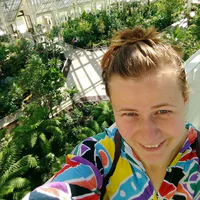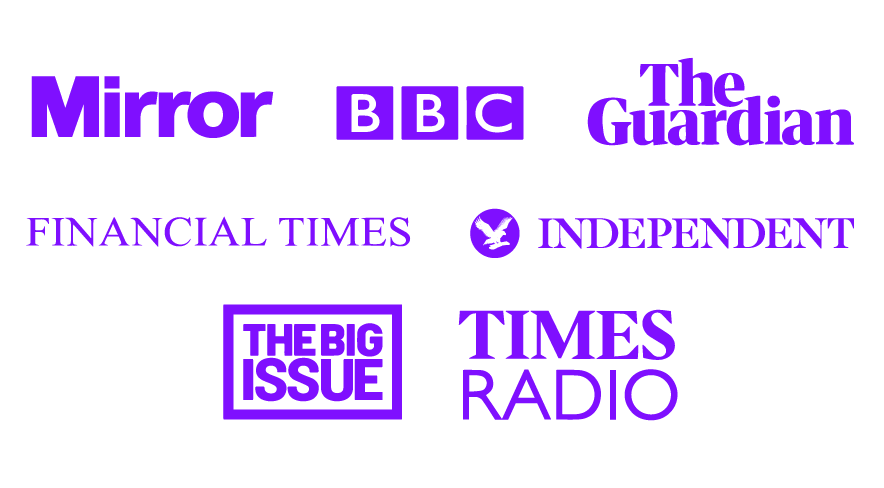This is a second part of our blogpost in which we’re reflecting on how during the pandemic we had to rethink our work focusing on building a movement centered on lived experience activism to end poverty. We’ve had to think about how to create digital, creative and caring spaces for engagement, a community that would make a difference. Here we’d like to reflect on some lessons we’ve learnt, with the help of four of many collaborators we have chatted to as part of writing this blog. This included Matt Sowerby, then Poet in Digital Residence at CAP, Ellis Howard, actor, writer and activist, Jayne Gosnall involved in setting up self-reliant groups, and Tia Clarke, Children’s Right2Food Ambassador. The first part has focused on digital and creative engagement, and the second one is about care and practical lessons learnt.
As our blogpost developed, with thanks to the Covid realities team we have decided to split it in two parts - the first one looking at digital and creative engagement, the second one on care and practical lessons learnt.
Engaging with care
People aren't always touched by the lecture, or the grand speech. They're sick of being talked down to from platforms [...] but I think people respond to creative things, and they get messages and they feel messages. It's incredibly powerful. Jayne
Creating an inclusive & safe space, with little formality was key to allowing people to be themselves, the odd dog, cat or child appearing, swearing, delivery men knocking, nipping for a brew or smoke. This wasn’t about creating a ‘professional’ environment, but a caring & natural one where gentle, skilful facilitation was a key. Before Covid we might have met in Wetherspoons or a local youth centre, we wanted to create that same feeling of comfort, with the balance of power spread equally across both facilitators & participants.
It was important to balance personal experiences with those of the wider community, building trust over a period of time so people didn’t feel under pressure to open up if they didn’t want to do so. Building trust takes time, but even an individual creative workshop, like a collage session, can sparkle ideas and make people feel good.
Something that was evident was everybody's vulnerability throughout, less or more so at times. With people feeling equal it meant those who might previously have been seen as the ‘professionals’’ also opened up more & with that shared vulnerability became increased confidence & openness. People spoke of personal experiences they hadn’t opened up about before, shed a tear, spoke more openly about their views with less judgement. In practical terms though it was important to make people aware that the discussion would be open, and that if they felt uncomfortable at anytime they could turn cameras off, mute themselves, dip out or leave.
Conclusion
‘In terms of digitally... I found it actually much easier than I ever have in my life, to build some sorts of community. And the community that I did build was so much further reaching, because we hit like a point in history where every person is energized.’ Ellis
Overall, energizing people digitally is not at all a straightforward process. It provides many opportunities for building a community of care, as well as quite a few challenges - lest the fact that if we believe people with lived experience should be at the centre of the movement to fight poverty, these are the same people that are often at the heart of the crisis themselves. That poses important questions about how and when should people engage, especially as we’d like more people to join the movement. Time and again we reflected on the size of our community as it is simply easier to build the required trust and relationships in a small group. Are we too ‘exclusive’- how easy is it for new people to come in? But we believe that we also learnt from each other and our caring practices ‘spilled over’ to other workshops and digital (and real life) engagements, beyond our small community.
What can we take forward in a post pandemic environment? Apart from the lessons learnt below, we believe that creativity seized the day during the pandemic and proved to be a form of engagement that energizes people not interested in politics. Digital participation has fostered new relationships and we’d like to see a mix of face-to-face and digital engagement (when people have the resource) in future. At the same time, we need to be aware of barriers existing for people to engage digitally - how can we make sure people are able to engage ‘on their own terms’?
Zoom (after?) Covid: 4 lessons learnt from activists and allies
- Jayne advises to create time for a chat at the beginning (for example, joining 15 min earlier), especially if a new person is coming, and to support them with any technological needs. We (Barbora and Ben) used this in our Food Vulnerability Covid-19 project and it works well - people join earlier and enjoy having a chat, connecting with like-minded people.
- Ellis reminded us to have a vision for every meeting. What do we want to see at the end of this? It can be ‘just’ about creating a supportive space for people to chat, but it’s always useful to let people know your intentions. There’s a balance between not foregrounding outputs and being transparent with people - perhaps you have a question you want to explore?
- Tia’s top tip is to have icebreakers, and also to use breakout groups with skilled facilitators so there’s less awkwardness. If you are bringing together people from different walks of life, introductions that do not start with jobs work best - for example, what’s people’s favourite food? What’s the weather like where they are? How would their pet or a best friend describe them?
- Matt, who facilitates creative writing workshops, mentioned people expecting his space to be like a ‘classroom’ which may stifle creativity. We wrote above that spatial hierarchies seem to disappear online, but before any meeting think if there are any power hierarchies you need to work with/disrupt - is there a divide between people asking questions/listening in and people who answer those questions, or does everyone share equally? Who decides what’s going to be talked about? How do you want people to feel in that space?
Bios
Barbora Adlerova @BAdlerova
Barbora is a PhD student at Cardiff University, exploring the role of lived experience of food insecurity in food governance and wondering how we can create more sustainable and just food systems through radical participation.
Ben Pearson @benpearson1987
Ben works for Church Action on Poverty on the Food Power programme in partnership with Sustain, supporting alliances to involve those with grassroots lived experience, activists & allies across the UK, and overseeing the peer mentor programme. He’s a member of the Global Solidarity Alliance for Food, Health & Social Justice, and is also responsible for coordinating a programme of creative activity at Church Action on Poverty. Previous to his current role he’s worked in the arts, advocacy, health & social care and mental health. He’s an associate of the Centre for Children & Young People’s Participation at UCLAN and a passionate activist & campaign.




